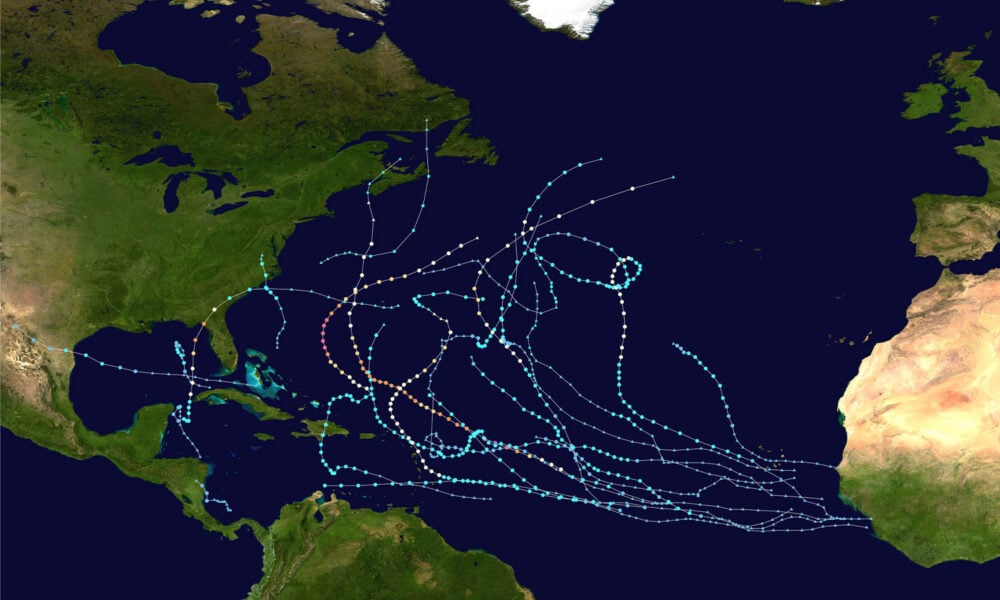“In the eye of a hurricane
There is quiet
For just a moment
A yellow sky
When I was seventeen a hurricane
Destroyed my town
I didn’t drown
I couldn’t seem to die”
The above lyrics written by Lin-Manuel Miranda from the musical Hamilton, bring out feelings—and facts—about hurricanes. Yes, Alexander Hamilton did, in fact, survive a hurricane that destroyed his native St. Croix, according to a letter written to his father.
Back in 1772, when that hurricane hit, the science of hurricane forecasting and tracking was not developed. A hurricane was very much a surprise. Today, hurricanes are not surprises anymore, although some of their features may still surprise scientists.
Better forecasting = less damage
Technological and scientific advances have led to a 57% improvement of average 72 hour storm tracking error since 2000, and an average error in storm intensity forecasting 40% lower than it was in 2000. Accurate tracking may not prevent a storm from causing damage, but better early warnings and alert systems are an essential part of the preparedness that aims at reducing losses and damages.
However, rapid intensification of hurricanes, a feature we have been seeing more of in recent years, is still not well forecast (although progress is being made). Rapid intensification has direct consequences for preparedness—a hurricane arriving as a category 5 requires a lot more preparation than a category 1.
A 2023 study states that, “The number of storms that intensify from a Category 1 hurricane (or weaker) into a major hurricane within 36 hours has more than doubled,” in 2001–2020 compared with 1971–1990.
Data suggest that the increase of Atlantic intensification rates have a positive contribution from human-caused warming.
“Lucky” again?
NOAA had called for an above-normal hurricane season in its updated forecast, naming record-warm Atlantic water and the development of El Niño. The actual number of storms was well within the forecast, but with only one hurricane making landfall in the US (Idalia), it may come as a surprise that 2023 was fourth in the records for named storms (2022 was third).
I wrote once that the US may feel “lucky” for not seeing many landfalling hurricanes in any given year. However, that is a skewed perception, because for those who are hit by a hurricane, a tropical storm, or even a post-tropical cyclone, the impacts can be devastating and long-lasting—and we know the impacts do not affect everyone equally. Low-income communities and communities of color, which many times lack resources to adequately prepare, are usually hit the hardest.
Call to action
I said before, and I repeat—especially at this critical time when nations are gathered for the 28th UN Climate Change Conference (COP28) in Dubai—they must act now to reduce emissions and avoid the worst of climate change and its impacts, keeping communities safe, listening to the science, and safeguarding critical systems across the globe. The US in particular must take ambitious climate action to help ensure meaningful, comprehensive, and scientifically necessary progress at COP28.
Thanks to Juan Declet-Barreto and Mark Foley for their creative contributions to this report.

